About Task 49
IEA Wind Task 49 aims to accelerate the sustainable commercialization of floating wind arrays by developing open-access reference information and designs. As floating wind technology expands to larger scales and a wider range of site conditions, the industry faces a set of unique challenges to scale from existing demonstration projects to commercial-scale floating arrays. These challenges extend beyond individual turbines to encompass a multidisciplinary set of considerations including the efficiency and reliability of stationkeeping systems and power cables across an array, layout optimization for specific site conditions, installation and operational logistics, environmental and ocean co-user impacts, and failure risk mitigation in utility-scale floating wind projects. The overall goal of Task 49 is to facilitate international collaborative research that helps address these challenges.
Task 49 was proposed following Topical Experts Meeting #99 in July 2020, which identified several major challenges and opportunities for the growing floating wind design community, including:
- As no large-scale floating wind projects currently exist, establishing baseline design parameters and costs is important to summarize the current state of the industry and communicate this information to key stakeholders.
- Using the baseline design packages and modeling framework for evaluating new designs or benchmarking new tools will enable standardization and innovation for the broader floating wind research community.
- A collection of benchmark data requirements for floating wind development (including socio-ecological, environmental, economic, and marine spatial planning questions facing projects worldwide) will facilitate research into holistic project designs that address these questions in conjunction with technical project design.
Goals of the Task
IEA Wind Task 49 focuses on the Integrated DEsign of floating wind Arrays (IDEA). The primary goal of the IDEA project is to develop baseline floating wind designs, tools, frameworks, and datasets that can be used by the research and industry community to explore optimal designs, novel technologies or methodologies, new project locations, or risk analyses. The task is organized into four core work packages with objectives as follows:
- WP1: Curate a set of site conditions representative of the global floating wind pipeline;
- WP2: Develop reference array designs for typical site conditions and technology types;
- WP3: Catalogue array-level failure risks, consequences, and mitigation strategies;
- WP4: Identify critical innovation opportunities and marine spatial planning requirements
Work Packages
The goals of IEA Wind Task 49 will be address through 4 interrelated work packages:
Work Package 1: Definition of reference site conditions for floating wind arrays
This work package will define the metocean, geotechnical, socio-ecological, and other site-specific parameters for a range of hypothetical reference sites that are representative of the types of conditions in which the initial phase of commercial-scale floating wind may be deployed, and will identify where relevant open-access datasets are unavailable or limited.
Work Package 2: Development of reference floating wind array designs
This work package will develop and define several floating wind farm reference designs that can serve as baseline designs in future array-level floating wind R&D activities.
Work Package 3: Array-level failure risks and mitigation
This work package focuses on identifying the failure modes pertaining to floating wind turbine arrays, and the potential consequences and couplings of those modes in the context of an array.
Work Package 4: Classification of outstanding requirements for floating array deployment
This work package will identify, characterize, and publish the major research questions faced by the industry in these two key areas and will tailor the efforts of WP1, WP2, and WP3 to either address these questions directly or to provide a solid foundation upon which to investigate the impacts of key innovations or MSP requirements as part of future work.
Publications and Results
Papers, Reports, Datasets
Reference Floating Wind Array Design Basis: Hall, M., Lozon, E., Devoy McAuliffe, F., Baudino Bessone, M., Bayati, I., Bowie, M., Bozonnet, P., Castagne, M., Feng, J., Housner, S., Janocha, M., Jiang, Z., Kim, Y., Ko, D., Kolle, K., Lee, C., Lekkala, M. R., Liang, G., Mahfouz, M., … Wright, C. (2024). The IEA Wind Task 49 Reference Floating Wind Array Design Basis: IEA Wind. https://www.nrel.gov/docs/fy24osti/89709.pdf
Participation
Task 49 Participants
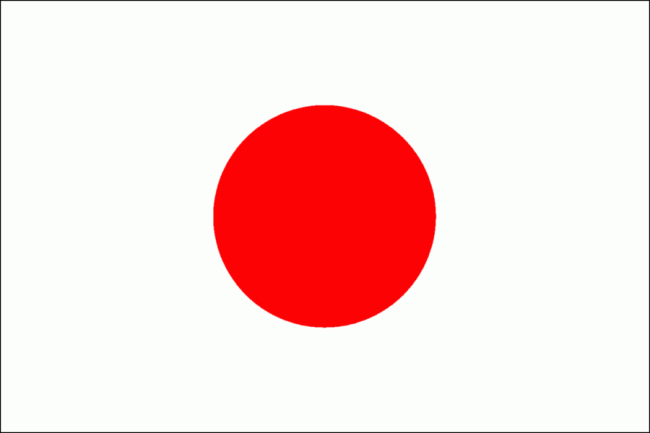
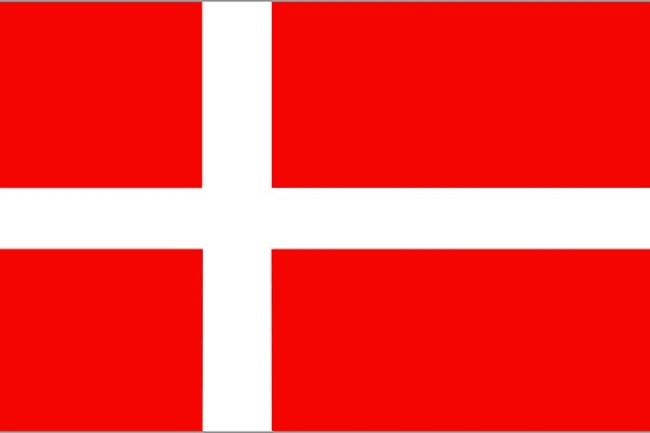
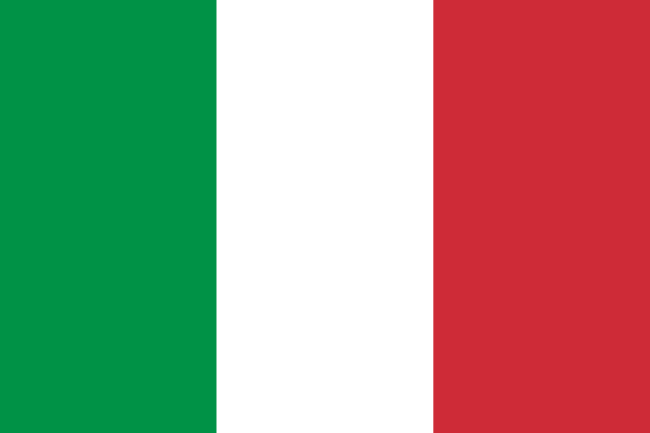
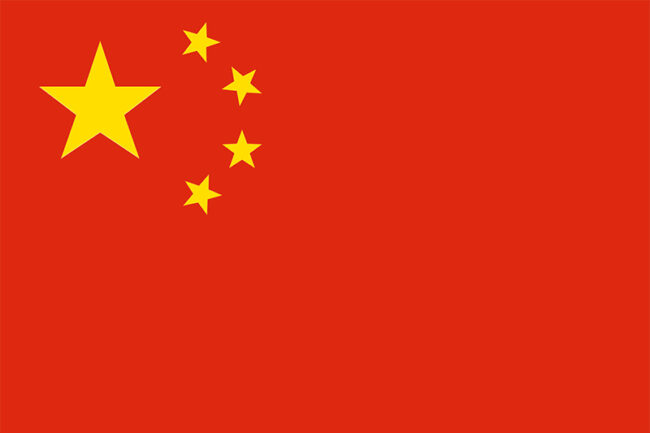
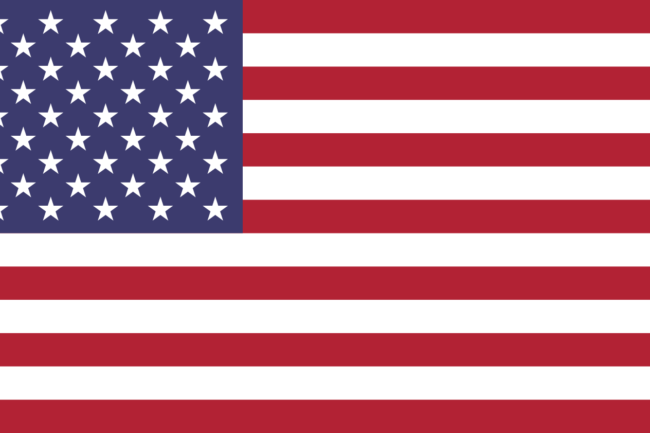
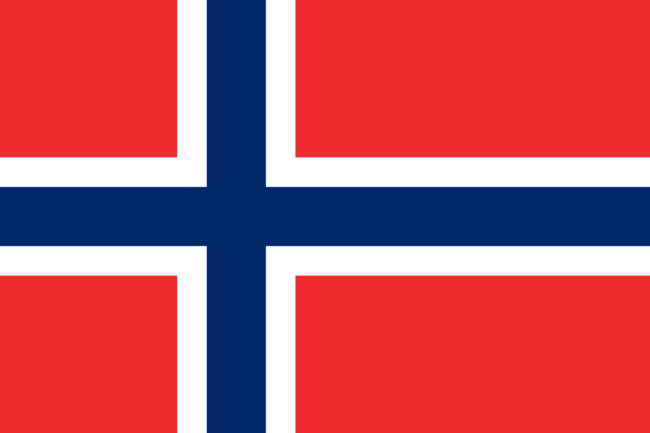
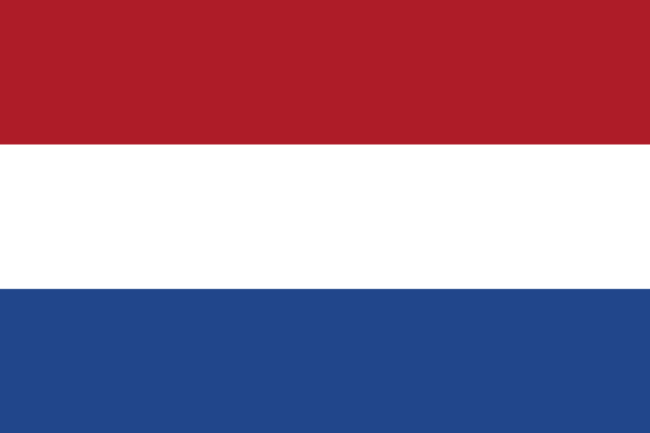

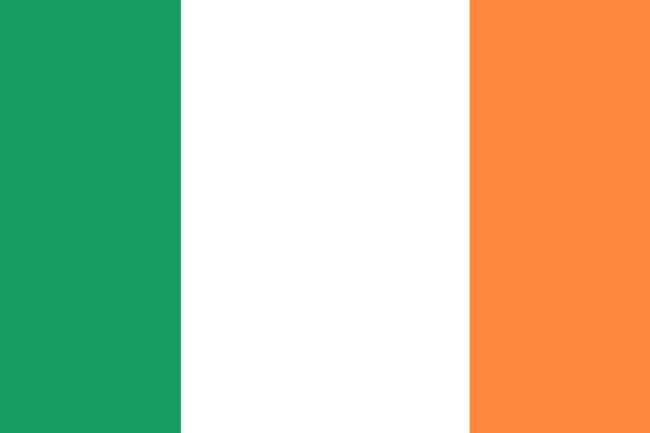
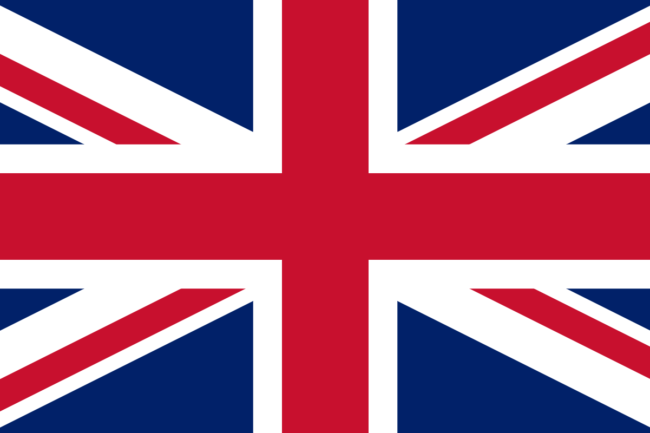
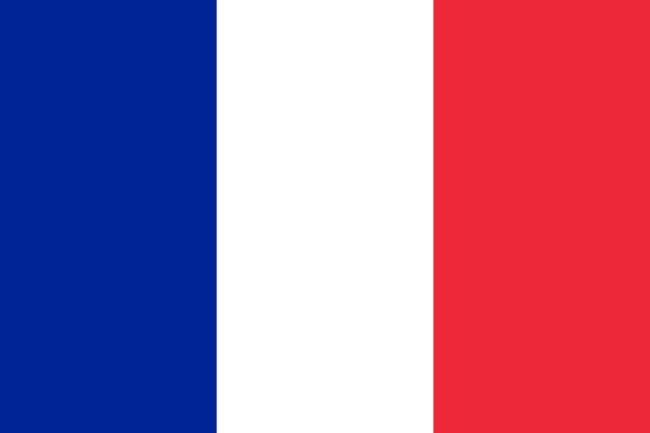
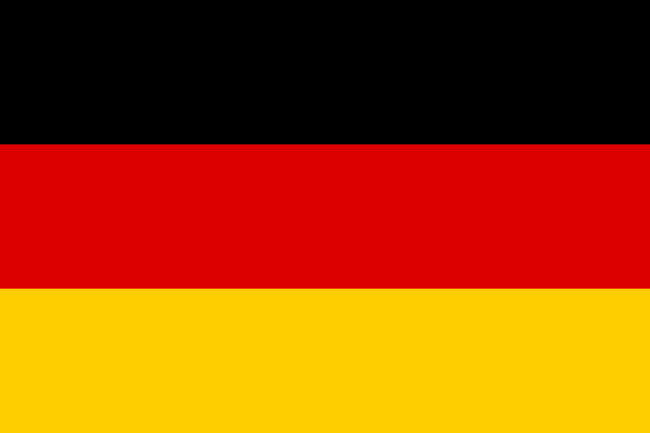
Who can participate in Task 49?
To participate in the research activities of Task 49, researchers must reside in a country that participates in the IEA Wind TCP Implementing Agreement AND has agreed by official letter to participate in Task 49. The participating member country of the IEA Wind TCP must designate a lead institution that agrees to the obligations of Task participation (pay the annual fee and agree to perform specified parts of the work plan).
Active researchers (performing part of the work plan) benefit from meetings and professional exchange during the term of the Task. In the particular case of IEA Task 49, the measurement results will, where possible, be shared with the consortium so that partners get first-hand information from unique new data. Countries participating in the Task benefit from the information developed by the Task. The value of the research performed is many times the cost of the country participation fee or the labor contributed to carrying out the work plan.
For more information, contact the Operating Agent, Matt Hall, or the IEA Wind TCP Secretariat.
Operating Agent and Contacts
Please contact the Operating Agent below with any questions.
Operating Agent: Matt Hall (NREL)
Work Package Leads:
- WP1: Konstanze Kölle (SINTEF) and Shauna Creane (GDG)
- WP2: Matt Hall (NREL)
- WP3: Charbel Nasr (BlueFloat)
- WP4: Greg Bohan (GDG)
NREL
National Renewable Energy Laboratory
15013 Denver W Pkwy
Golden, CO 80401-3305
United States
Send your mail at
matthew.hall@nrel.gov
